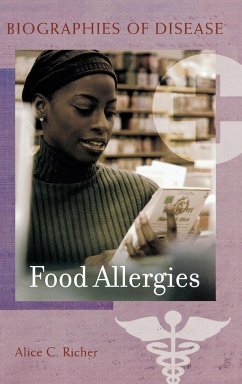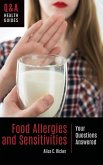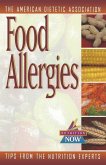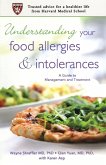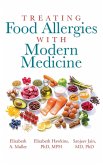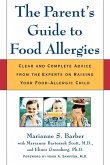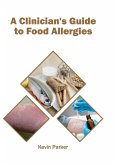Most people take eating for granted - but for some, eating can be downright dangerous. Thirty thousand Americans are hospitalized each year due to an allergic food reaction and peanut allergies in American children doubled from 1997 to 2002. Between two and ten percent of children are affected by food allergies worldwide and adverse food reactions increased hospital admissions by five hundred percent in the United Kingdom during the past two decades. Asthma cases, a reliable indicator of food allergy susceptibility, increased one hundred percent during the last thirty years. While most people assume they have a food allergy, only a very small percentage of cases are a true food allergy. For reasons still unknown, the human immune system reacts abnormally to certain foods. However, medical disorders, increased globalization of the food supply, and an upsurge of processed and convenience foods that contain food additives may also cause adverse food reactions as well. Accurate diagnosis can be extremely tricky and many sufferers never learn what causes their symptoms. Why are adverse food reactions on the rise? How can an accurate diagnosis be made? Is it even possible to enjoy foods and stay safe and healthy? These are just some of the questions this book will answer while helping the reader to learn all they can about why adverse food reactions happen, distinguish between a true food allergy and a food hypersensitivity, and outline strategies to successfully manage and live with them.

